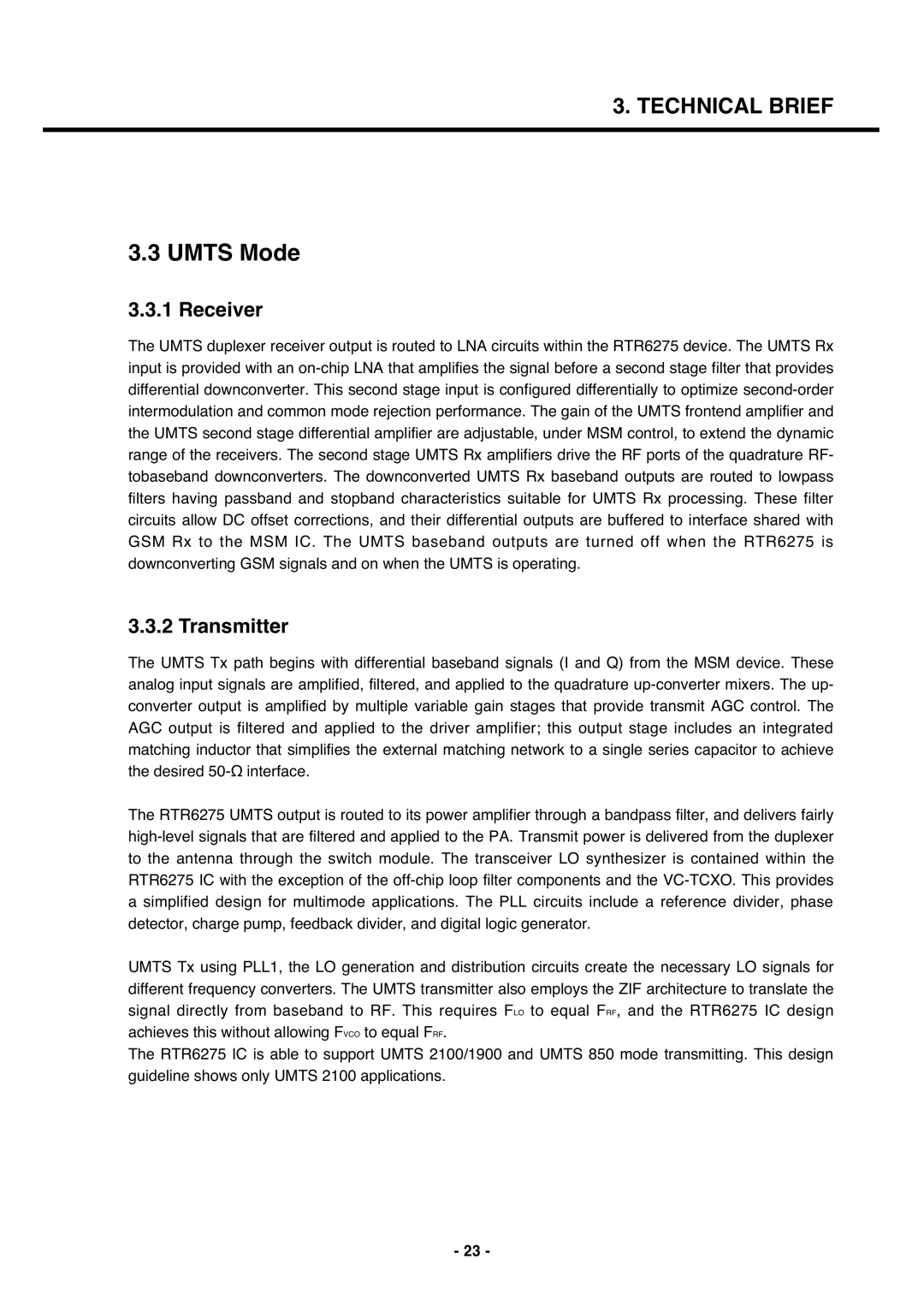U250 specifications
The LG Electronics U250 is a distinguished device known for its cutting-edge features and innovative technologies within the mobile phone sector. Launched as part of LG's effort to cater to a growing demand for functional yet stylish smartphones, the U250 boasts an array of characteristics that appeal to a savvy clientele.One of the primary features of the U250 is its impressive display. Sporting a vibrant screen that offers excellent color reproduction and clarity, it enhances the user experience for gaming and multimedia consumption. The responsive touchscreen interface allows for seamless navigation, making it user-friendly for all age groups.
The U250 is powered by a robust processor that ensures smooth performance, whether multitasking between applications or running demanding games. With ample RAM, it minimizes lag and enhances the overall operating experience, allowing users to switch effortlessly between tasks.
Photography enthusiasts will appreciate the U250's advanced camera system. It is equipped with a high-resolution primary camera that captures stunning images in various lighting conditions. The inclusion of features like autofocus and image stabilization significantly elevates the quality of photos and videos. Additionally, the front-facing camera is designed for high-quality selfies and video calls, ensuring that users can always stay connected.
The device supports a range of connectivity options, including 4G LTE, Bluetooth, and Wi-Fi, ensuring users can remain connected to the world around them. The integration of NFC technology also enables quick and convenient transactions, particularly useful in a cashless society.
Battery life is another standout characteristic of the U250. With a durable battery, it offers extended usage time, allowing users to go through their day without the constant worry of recharging. Coupled with fast-charging capabilities, it reduces downtime significantly.
The LG U250 runs on an intuitive operating system that provides easy access to a plethora of apps on the platform. Customization options are abundant, allowing users to tailor their device's appearance and functionality to suit their preferences.
In conclusion, the LG Electronics U250 combines striking design with versatile functionality, making it a formidable entry in the smartphone market. With its impressive display, powerful performance, advanced camera features, and strong battery life, the U250 is poised to meet the needs of modern users seeking both style and substance in a mobile device. Whether for work or leisure, this smartphone is designed to enhance everyday life.
